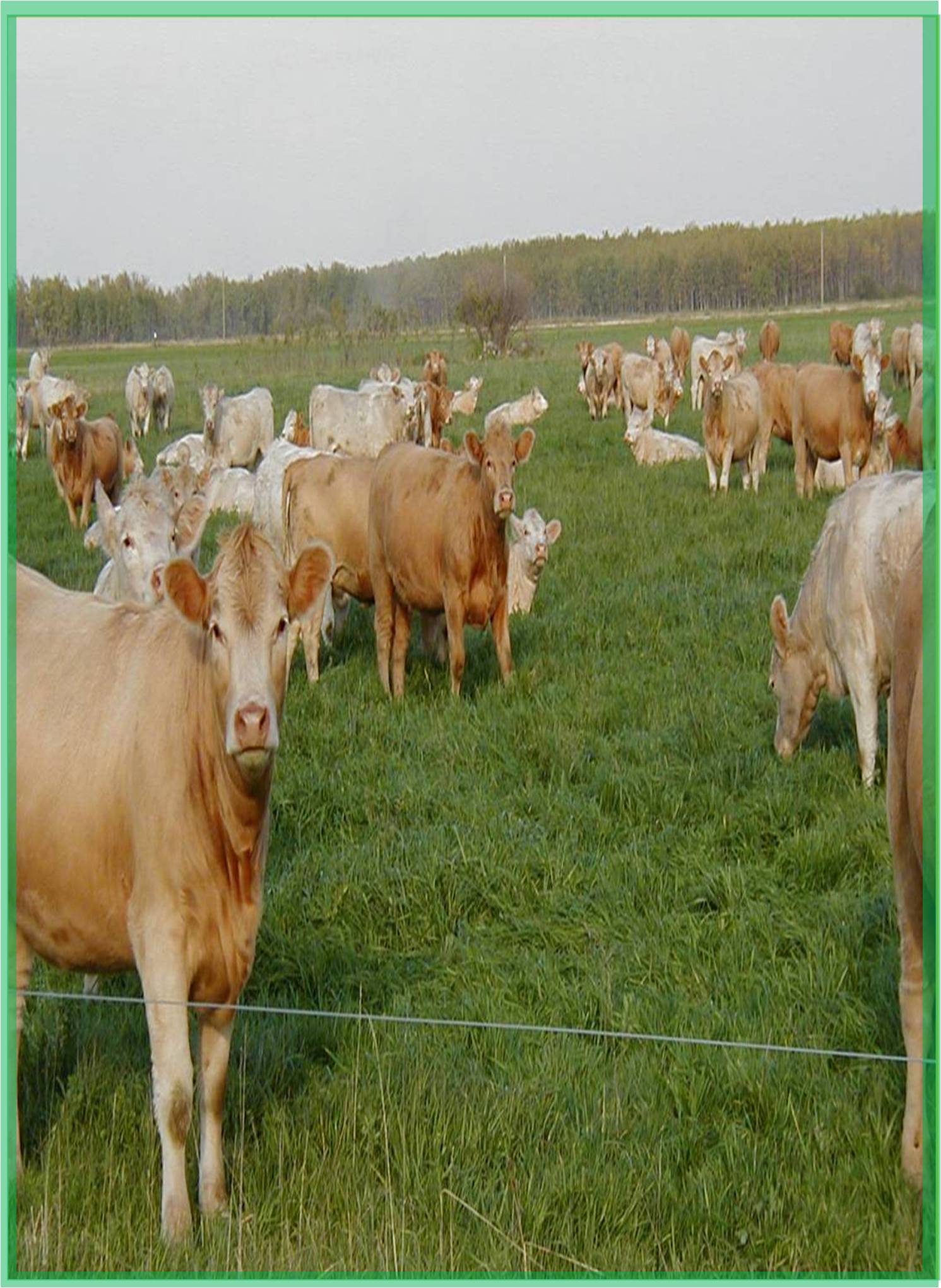



Received: 03-Feb-2022, Manuscript No. GJAS-21-59424; Editor assigned: 07-Feb-2022, Pre QC No. GJAS-22-59424(PQ); Reviewed: 22-Feb-2022, QC No. GJAS-22-59424; Revised: 01-Mar-2022, Manuscript No. GJAS-22-59424(R); Published: 08-Mar-2022, DOI: 10.15651/ GJAS.22.10.004
Pesticides are not a modern invention! Many ancient civilizations used pesticides to protect their crops from insects and pests. Ancient farmers used elemental sulphur to protect their crops from insects. Medieval farmers used arsenic the experiment with chemicals, but lead to common crops. Another important issue with most pesticide sprays is the killing of many non- pest organisms being treated. This is an important consideration whenever pesticides with widespread toxicity (that is, not particularly toxic only to pests) are applied over large areas such as whole farmlands or stands. Many non-pest organisms are exposed to these types of treatments in addition to the intended pest targets. Depending on the susceptibility of pesti- cides and non-pest species, this exposure can result in significant, unintended but unavoidable non-target mortality. For example, in typical farmlands and forest plantations, few plant species are sufficient to significantly disrupt crop growth. These uncultivated com- peting crops are “weeds” that may be the target of herbicide application. However, there are many other plant species in the same community that do not sig-nificantly affect crop growth. These non- target plants are also affected by herbicide application, but have no beneficial purpose in terms of pest control. In fact, non-target plants can play a beneficial role in their ecosystems by helping prevent erosion and nutrient leaching, or by providing food and habitat to wildlife. Similar stories could be developed for non-target ar-thropods, birds and other species exposed to pesti-cides during sprays directed at specific pests. In gen-eral, extensive spraying of broad-spectrum pesticides causes significant mortality in non-target species. A more ecologically widespread problem is widespread environmental pollution by persistent pesticides, including the presence of chemicals that remain in wildlife, drinking water, and humans. Ecological damage included wildlife poisoning by some pesticides and disruption of ecological functions such as productivity and nutrient cycle. Many of the worst cases of environmental damage caused by pesticides are associated with the use of relatively long-lived chemicals such as DDT. Modern use of pesticides most often contains non-persistent chemicals, which can be very toxic. Pesticides continue to be part of human life and the environment to increase crop production. It is imperative that public health authorities educate the general public, farmers and agricultural workers about the uses and risks of pesticides. Improving human quality of life through more efficient and environment friendly food production will certainly be a challenge over the years to come. Reducing the annoyance caused by pests is also part of the equation and poses a major challenge in balancing the well-being of ecosystems. Strict testing and stricter regulations need to be implemented to combat the harm caused by pesticides.
Pesticides are often seen as a quick, easy and cheap solution for controlling weeds and pests in cityscapes. However, the use of pesticides can be quite costly. Pesticides pollute almost every part of our environment. Pesticide residues are found in soil, air, surface and groundwater in all countries, the use of pesticides in cities is causing problems. Pesticide pollution poses significant risks to the environment and non-target organisms, from beneficial soil microorganisms to insects, plants, fish and birds. Contrary to common misconceptions, even herbicides can be harmful to the environment. In fact, herbicides are used in relatively large amounts and can be particularly problematic. The best way to reduce pesticide exposure (and the damage it causes) in our environment is for all of us to use safer, non-chemical pest control methods (including weed control). To plays a role. Analysing the range and nature of the benefits of using pesticides was a mixture of thought, dreams, and distillation. There was a dead end, but there was also a positive surprise. The big picture is exactly what we guessed. There are promotions, ideological praises, and scientific opportunities related to “knocking” pesticides, but their praise draws self-interest. This is reflected in the disproportionate number of published scientific papers, reports, newspaper articles, and websites for and on pesticides. The colour coding of the types of economic, social, or environmental benefits reflects the fact that at the community level, most benefits are social and there are some compelling economic benefits. At the national level, benefits are primarily economic, with some social benefits and one or two environmental benefits. Only at the world level will the benefits to the environment really be realized.